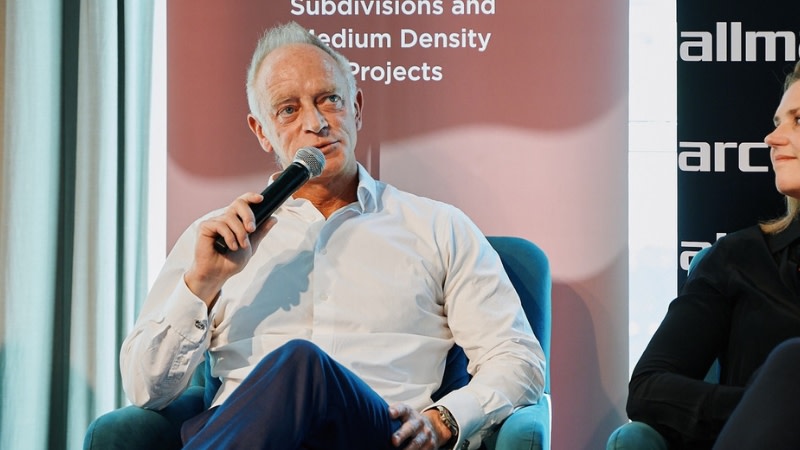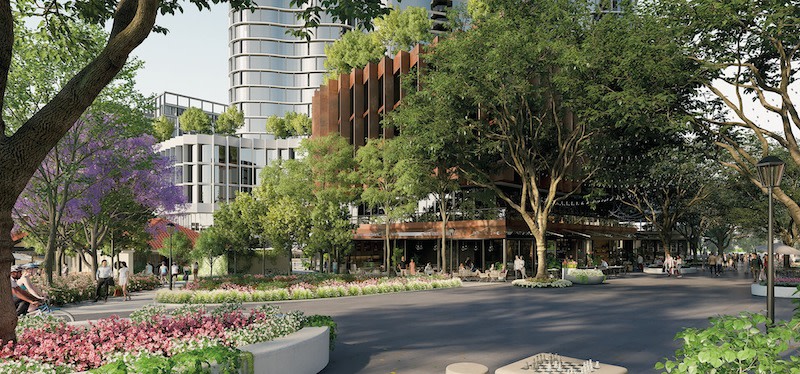Resources
Newsletter
Stay up to date and with the latest news, projects, deals and features.
Subscribe
As the world urbanises at an unprecedented rate, the discussion around sustainable development in cities has never been more crucial.
Paul Hameister, founder and executive chairman of Hamton Property Group, spoke to The Urban Developer about its not-for-profit initiative Nature Based Cities ahead of our Melbourne Residential Development Summit to be held on Thursday, May 2, 2024.
This event will serve as a pivotal platform for leaders in the residential development sector to reshape urban environments.
Hameister says humanity is now predominantly urban and that by 2050 the world’s population will exceed 10 billion people from its current 8.1 billion.
“The objective of Nature Based Cities is to influence the shape of cities in the future so that they are defined by trees, living landscape and green open space.” Hameister said.
“There’s been a big focus globally on reducing emissions—and rightly so. There has not been enough focus on protecting and re-establishing nature, we need both.”

Despite the increasing emphasis on reducing emissions, Hameister believes the real estate development industry lacks the necessary tools to effectively integrate nature into urban projects.
Hameister is critical of Australia’s Environmental Sustainable Design (ESD) rating tools for not having mandatory requirements for living landscapes, which he views as a significant oversight.
“I am not preaching as some kind of guru. Far from it,” he says.
“At Hamton, we have fully embraced the principles of Nature Based Cities and we have set ourselves this nature-based mission and we are learning as we go.”
“This means making mistakes and identifying gaps and challenges on the journey – the presumption is if we encounter a gap or a challenge, others will too, and we see our role to smooth the pathway for others to follow.
“To truly make a difference, these tools need to evolve. They should not only acknowledge the inclusion of green elements but require them.”
This shift could also address the looming challenge of solar panel waste, promoting more timeless and ecologically beneficial solutions such as tree planting over quickly outdated technologies, Hameister said.
Hamton’s commitment is evident in its projects, such as the $3-billion Moonee Valley Park development, which was designed from the outset to incorporate more trees, living landscape and generous greenspace.
“We care about leaving a positive legacy in our home town and we are very selective in the projects we choose to take on,” Hameister said.
“We’re creating nature-based design guidelines, learning from our projects, and preparing to sharing our research and insights industry-wide.”

“Integrating nature into urban projects offers multiple benefits— environmental, social, and economic,” he said.
Projects aligned with established trees and green spaces not only foster community and wellbeing but also command a market premium, according to Hameister.
As urban development evolves, Hameister is optimistic about the future, anticipating more rigorous standards for nature inclusion in ESD ratings.
He said the key areas Hamton focuses on are urban landscapes in major cities with the team are currently working on “a comprehensive set of nature-based design guidelines for urban medium-high density residential developers”.
“Once the benefits are clearly demonstrated, nature-based designs will become standard practice,” Hameister said.
Here more from Paul Hameister as part of The Urban Developer Melbourne Residential Development Summit on Thursday, May 2, 2024.
Join more than 200 property developers and professionals explore recent planning policies, new growth corridors, the construction climate, funding conditions, shifting buyer preferences and more.